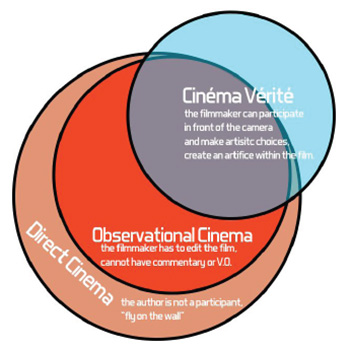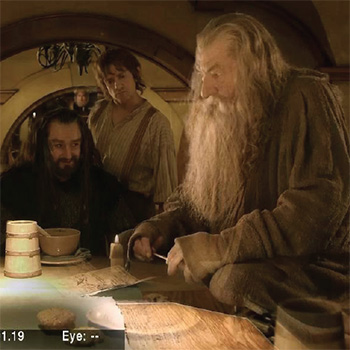The project deals with the study of portraiture, from portrait paintings to post-digital-age portrait photography, its evolution and role, with particular emphasis on mapping changes in stylistic approach in photography against art movements of the time, marking out advances in technology and other unique events. It addresses issues of content, paying attention to history, theory, and formal analysis along the way. Contemporary portrait styles have become more relaxed and less formal in the past decade. What is gained is a level of spontaneity that people seem to like. What is lost is the idyllic, structured way of rendering the human form. There are numerous reasons for the move to a more casual framework. The influence of fashion photography, with its heavily diffused lighting and untraditional posing, is one big reason. A change to modern DSLRs and equipment like the electronic flash gives photographers a level of flexibility that lends itself to shooting lots of images and many variations, including more spontaneous poses, not just in traditional studio settings. Digital technology offers the portrait photographer flexibility and speed and, perhaps most importantly, the ultimate in creative control. Additionally, the daunting task of traditional retouching has all but been eliminated by Adobe Photoshop and Adobe Lightroom and its many tools and techniques. The special effects tricks that were once the province of the accomplished dark- room technician are now routinely created quickly and expertly by the photographer using software. This project attempts to combine some of the time-tested disciplines with more contemporary methods in such a way that they will be useful to the modern-day photographer. It is not the intent of this project to impart a series of rules that must be followed without exception. Instead, this report aims to give photographers an understanding of the traditional rules and how they may be broken so they may incorporate what they will into their individual repertoire of techniques.






